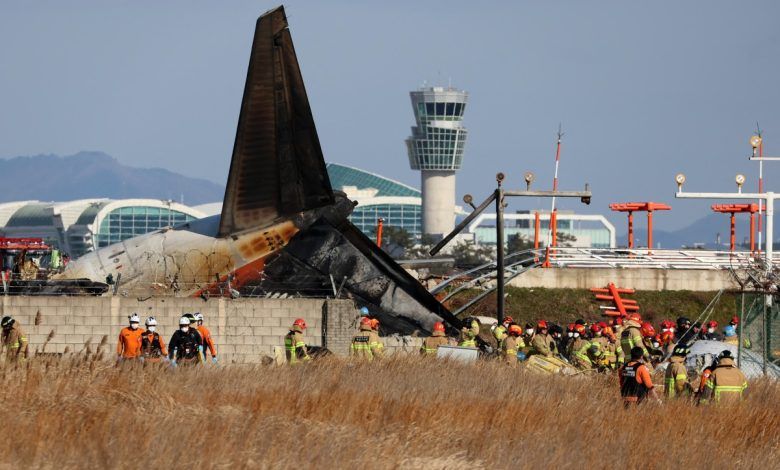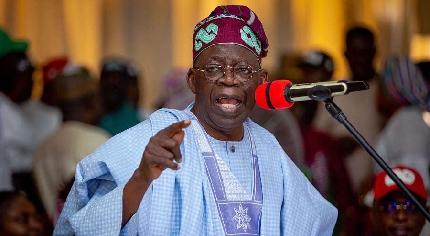South Korea Begins Lifting Wreckage of Jeju Air Crash as Investigations Continue

South Korean investigators on Friday began the painstaking process of lifting the wreckage of the Jeju Air plane that crashed five days ago, killing 179 people in the deadliest aviation disaster on South Korean soil.
The flight, which was en route from Thailand to South Korea, issued a mayday call on Sunday before performing a belly-landing at Muan International Airport. The plane slammed into a barrier, killing all but two flight attendants. The flight carried 181 passengers and crew in total.
While the exact cause of the crash remains under investigation, authorities have pointed to a potential bird strike, faulty landing gear, and a barrier at the end of the runway as possible contributing factors.
Investigators, using a large yellow crane, began lifting sections of the plane’s wreckage on Friday. Among the pieces retrieved was what appeared to be an engine. Na Won-ho, the head of investigations from South Jeolla provincial police, stated at a press conference, “Today, we will lift the tail section of the plane. We expect there may be remains found in that section. For all the results to be complete, we must wait until tomorrow.”
While the bodies of all 179 victims have been identified, some suffered severe damage due to the nature of the crash. Authorities are still working to piece together the remains while preserving evidence from the crash site.
Police raids were conducted Thursday and Friday at the offices of Jeju Air and the Muan airport operator as part of a wider investigation. The police are focusing on the airport’s localizer a concrete wall housing an antenna array and the communication records between the control tower and the pilot shortly before the crash.
The South Korean Ministry of Transport has also ordered inspections of all Boeing 737-800 aircraft operated by domestic carriers, particularly focusing on the landing gear, which appears to have malfunctioned during the crash.
The investigation, led by South Korean air safety officials, has received support from the U.S. Federal Aviation Administration (FAA), which often assists in global aviation investigations.
Relatives of the victims have gathered at the crash site to pay their respects and recover the belongings of their loved ones. South Korea’s acting president, Choi Sang-mok, who assumed office just a week ago, confirmed that all victims had been identified, and some bodies had already been released to families for funeral arrangements.
Authorities have warned, however, that the investigation could take anywhere from six months to three years to determine the precise cause of the crash.





